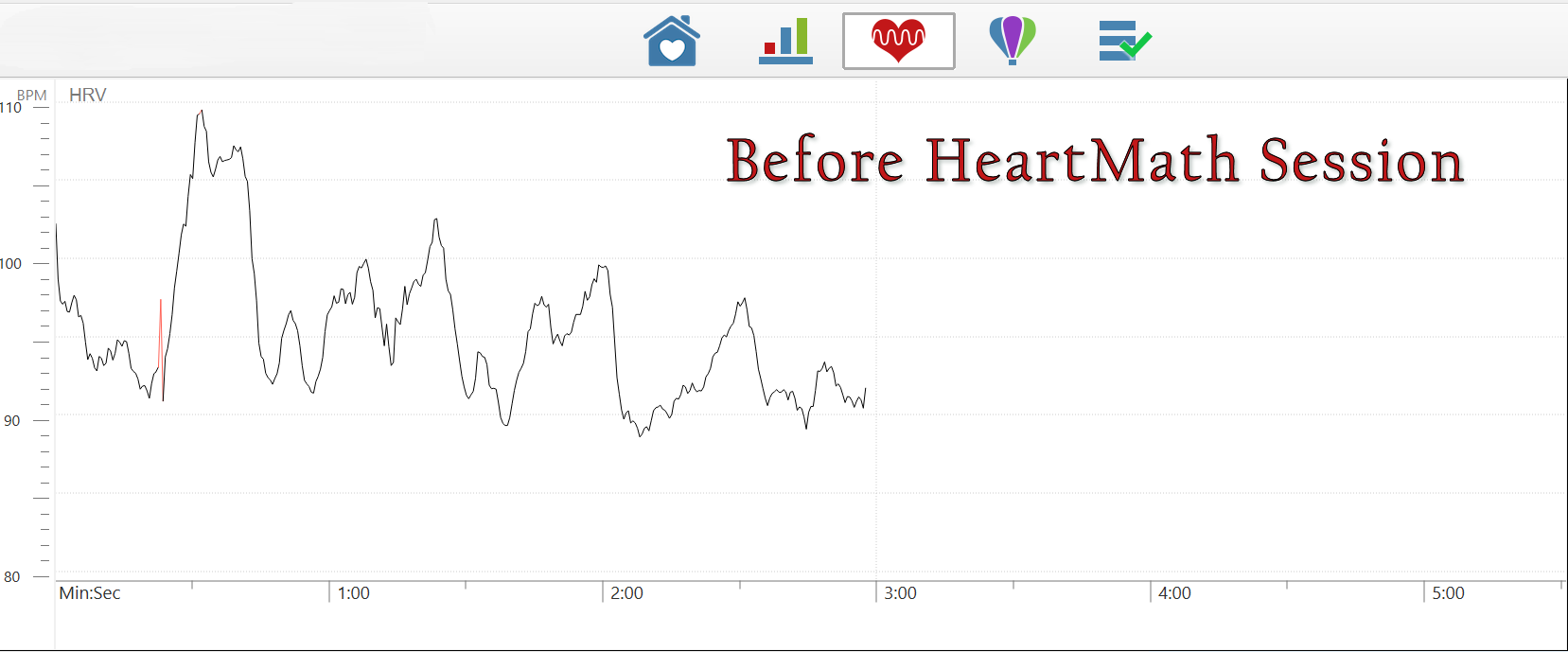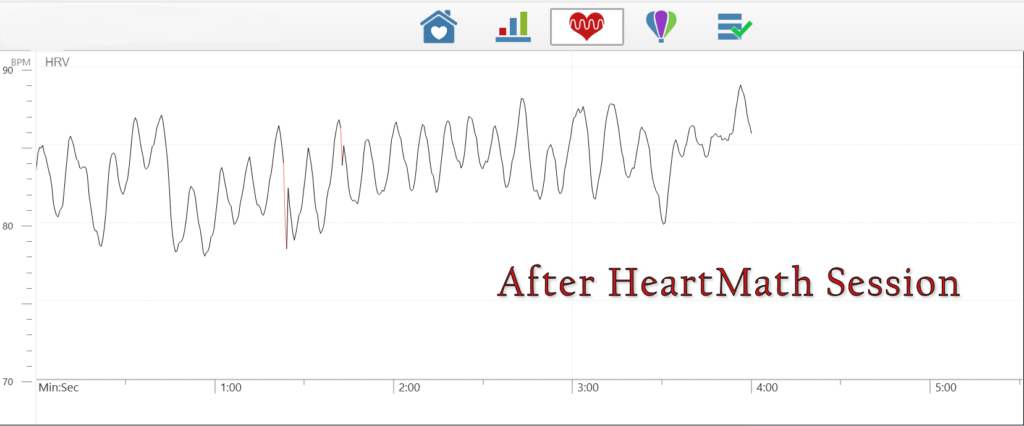HeartMath is a system of techniques and biofeedback technologies developed by the Institute of HeartMath, a non-profit research and education organization founded in 1991 by Doc Childre. The organization is focused on understanding the physiological and psychological connections between the heart, brain, and emotions, and how these connections can be harnessed to improve well-being, performance, and emotional resilience.
So, why is it called “HeartMath”?
The name “HeartMath” reflects the central focus of this approach on the heart and its relationship to various aspects of human experience, including emotions, cognition, and overall well-being.
- Heart-Centric Approach: HeartMath emphasizes the role of the heart in influencing not only physical health but also emotional and mental well-being. It proposes that the heart is more than just a pump; it plays a crucial role in regulating emotions and influencing brain function. Therefore, the name “HeartMath” underscores the central importance of the heart in their methodology.
- Mathematics and Science: The term “Math” in “HeartMath” signifies the scientific and quantifiable aspects of the approach. HeartMath incorporates scientific principles and measurements, such as heart rate variability (HRV), to assess and improve emotional and physiological states. This mathematical and scientific foundation is an integral part of their research and biofeedback technologies.
- Integration of Heart and Mind: The name “HeartMath” also conveys the idea that there is a connection or harmony between the heart and the mind (math). It suggests that the heart and brain are interconnected and that understanding and optimizing this connection can lead to better emotional regulation, cognitive function, and overall well-being.
What would a HeartMath Session be like?
A HeartMath session typically involves a combination of techniques, practices, and often the use of biofeedback technology to help individuals improve their emotional regulation, reduce stress, and enhance overall well-being. The specific format of a HeartMath session can vary depending on the setting and the goals of the session. Here’s how a typical HeartMath session might go:
- Introduction: The session begins with an introduction to the principles and philosophy of HeartMath. The facilitator or instructor may explain the importance of the heart-brain connection and the role of heart rate variability (HRV1) in assessing and improving emotional and physiological states.
- Assessment: In some sessions, participants may undergo an initial assessment of their HRV using biofeedback technology like the HeartMath emWave or Inner Balance devices. This assessment provides baseline data on their current physiological state.
- Breathing and Relaxation Techniques: HeartMath sessions often include guided breathing exercises aimed at increasing coherence between the heart and brain. Participants are taught specific breathing patterns designed to promote relaxation and reduce stress. These techniques may involve paced breathing, coherent breathing, or heart-focused breathing.
- Positive Emotion Induction: Participants are encouraged to evoke positive emotions, such as appreciation, gratitude, or compassion. This involves focusing on positive memories or feelings and generating a genuine sense of positivity.
- Biofeedback Training2: For sessions that use biofeedback technology, participants may be guided to use the devices to monitor their HRV in real time. They learn to adjust their breathing and emotional state to achieve a state of coherence, as indicated by the biofeedback measurements.
- Practice and Feedback: Participants are given the opportunity to practice the techniques and receive feedback from the facilitator or the biofeedback device. They learn to recognize when they are in a state of coherence and how to return to it when stress or negative emotions arise.
- Discussion and Reflection: The session may include time for group discussion or individual reflection. Participants may share their experiences, ask questions, or discuss the challenges they face in implementing HeartMath techniques in their daily lives.
- Goal Setting and Integration: Participants are encouraged to set personal goals for using HeartMath techniques outside of the session. The facilitator may provide guidance on how to integrate these practices into daily routines to enhance emotional well-being and resilience.
A typical session might end with a summary of key takeaways and a reminder of the benefits of regular HeartMath practice. Participants may be provided with resources, such as materials or references, to support their ongoing practice. It’s important to note that the exact structure and content of a HeartMath session can vary depending on the facilitator, the setting (e.g., individual coaching, group workshop, or online session), and the specific goals of the session. The emphasis is generally on teaching individuals how to use HeartMath techniques to manage their emotions and reduce stress, leading to improved overall well-being.
The screenshots below show how easily heart coherence can be changed. The first screenshot shows how the heart is beating incoherently and the second screenshot shows the heart changing to beat coherently.
Before HeartMath Session

This shows how incoherent the heart is beating!
After HeartMath Session

Look at the change of the heart coherence! The heart is beating at a more coherent rate
Click to book a session NOW! →
HeartMath is a holistic approach to well-being that integrates the physiological and emotional aspects of human experience. Its techniques and tools aim to empower individuals to better manage stress, emotions, and overall health by promoting coherence between the heart and brain.
- Heart Rate Variability (HRV): HRV is the variation in the time interval between consecutive heartbeats. HeartMath places a significant focus on HRV as a key indicator of overall health and emotional well-being. A higher HRV is associated with better adaptability to stress and improved emotional regulation..
- Biofeedback Training Technologies: HeartMath offers a range of biofeedback technologies and devices, such as the HeartMath Inner Balance and emWave devices. These tools measure HRV and provide real-time feedback to help individuals learn how to control their heart rhythms and reduce stress.

